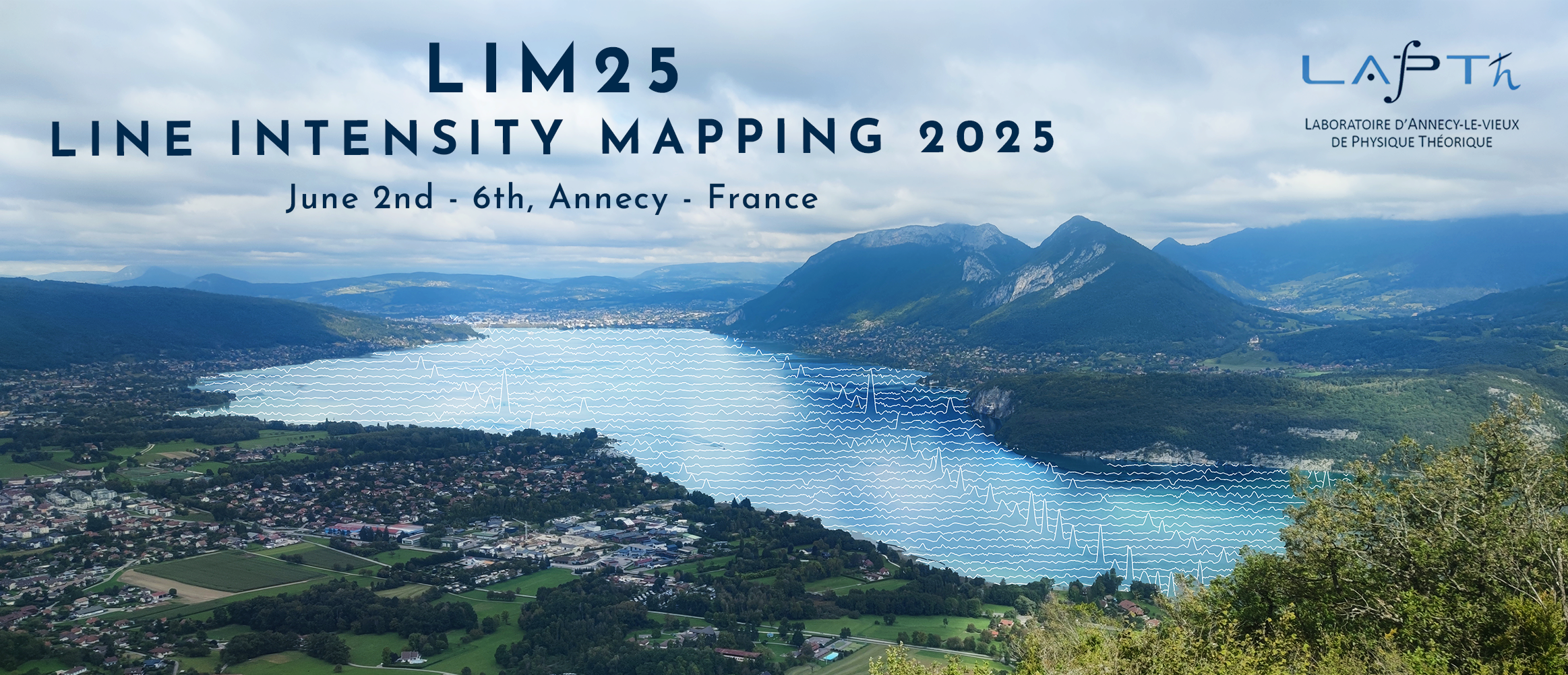Orateur
Description
In line intensity mapping, multiple emission lines are observed within a given frequency band. The brightest line is typically considered the target line, while the others act as interloper lines. This leads to maps that combine contributions from structures at different redshifts. A similar challenge arises in modern slitless spectroscopic surveys, where an emission line may be misclassified, resulting in incorrect redshift measurements for determined objects. In this work, I adapt a machine learning-based approach, originally developed to remove interloper contamination from the galaxy power spectrum, to the cleaning of angular power spectra from intensity maps. Using a set of simulated maps with varying interloper contributions built from a lightcone that covers SPHEREx frequencies, I consider three emission lines: Hα as the target line, and [OII] and [OIII] as interlopers. I train a neural network to disentangle the contributions of the three lines from the observed angular power spectrum and recover the interloper fraction quantified by an amplitude rescaling factor. I test the algorithm varying the input information, using auto- and cross-power spectra in different channels, and increasing the stochastic noise in the maps. This study demonstrates the potential of machine learning for cleaning interloper-contaminated angular power spectra in line intensity mapping surveys.

